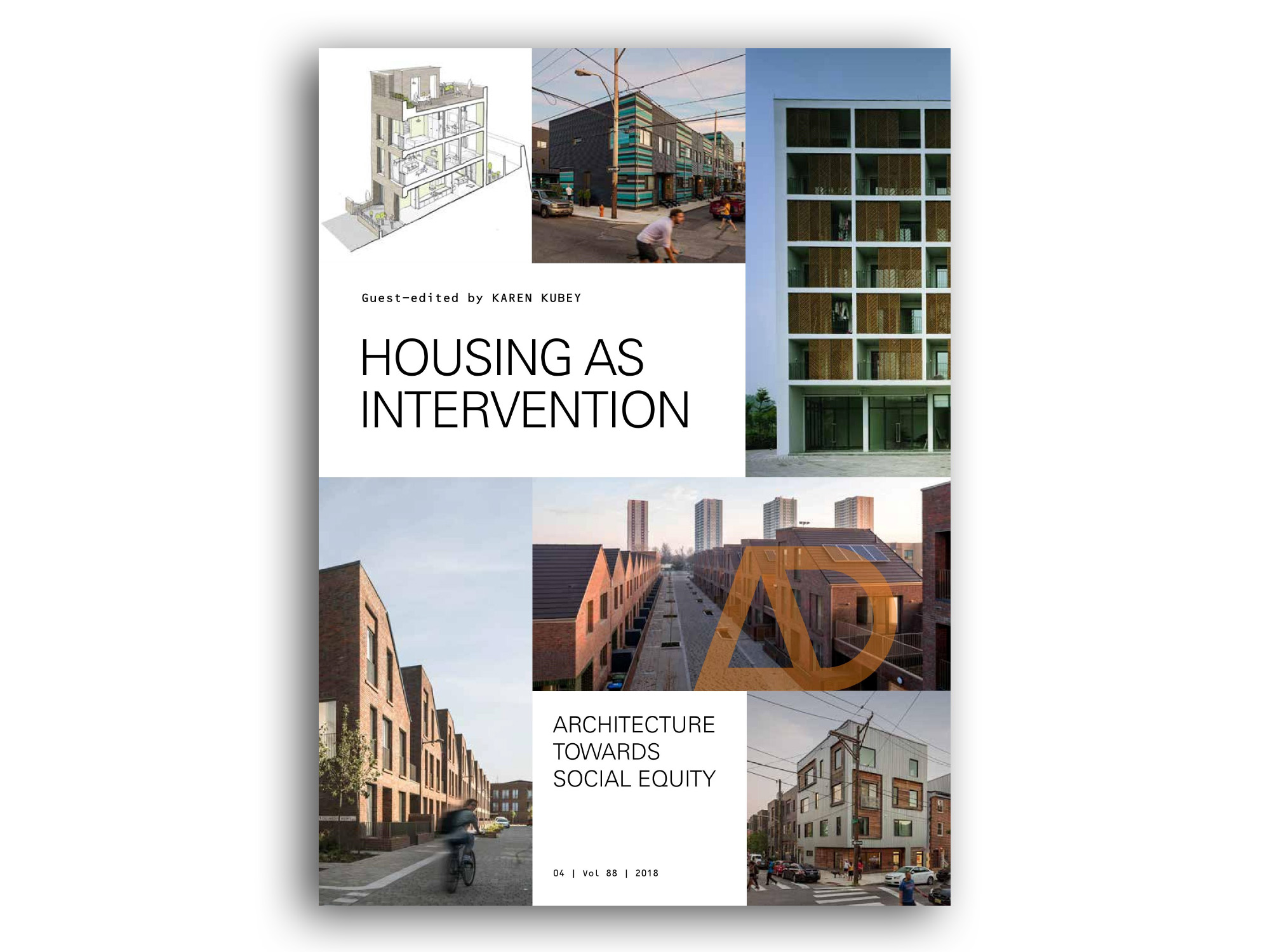Excerpt
“An increased migration to cities in recent decades has compounded pressures on urban land, opening up the divide between those who can afford property and those who are living in precarious conditions to gain the social and labour mobility that the city historically offers. The Precariat – a growing class-in-the-making – is emblematic of this condition, and encapsulates almost 40 per cent of the population in a growing number of countries. Many urban dwellers today are starved for more affordable options of domestic space that allow them to create meaningful social units and to embrace contemporary lifestyles which combine temporal ways of working and living while more precisely reflecting alternative forms of families. Against this backdrop, new typologies of commoning domestic space – communes, co-living, cooperatives, amongst others – have emerged to create domestic spaces that more precisely reflect contemporary values. In contradistinction to the micro-unit, which reduces the unit to its ultimate minimum of individual autonomy, by reorganising the relationship between the private and public realm – primarily by sharing particular amenities such as kitchens, dining areas or bathrooms, among other programmes – residents can have access to a form of luxury without the economic burden. Not only does this create a higher quality of life, it enables the formation of new social units that replace the nuclear family. The following three case studies examine spatial and social typologies of contemporary co-living projects and offer cues on how architecture, and the architect, can become an agent in developing housing that reflects us.”
